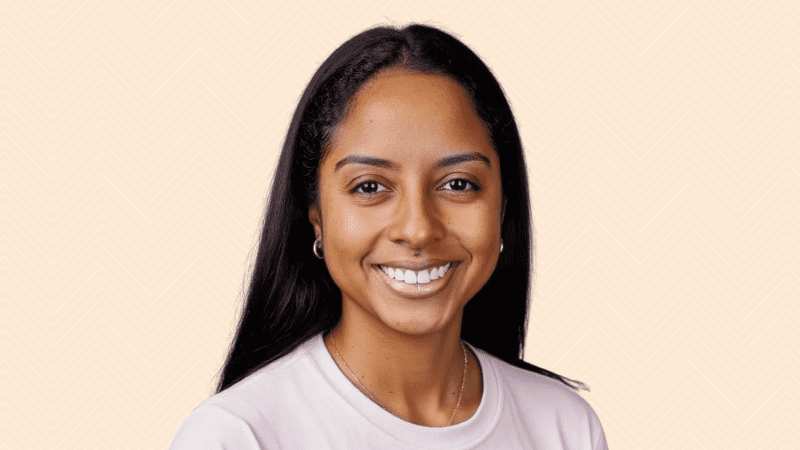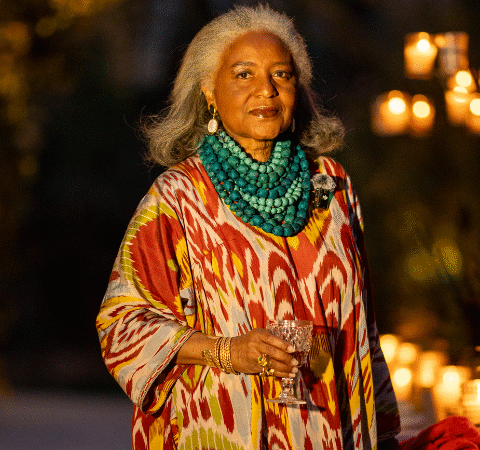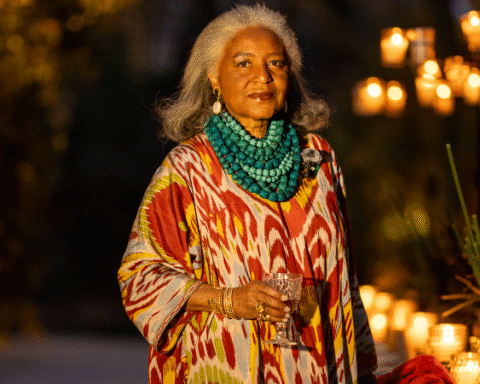Amanda Sabreah, founder of Thought Factory, helps entrepreneurs and executives define their positioning and build brands that resonate.
Her work spans industries from consumer goods and entertainment to wellness and fintech, helping companies find their unique position in the market and turn it into revenue.
In a recent conversation, Amanda shared her perspective on what makes brands resonate, why clarity always beats complexity, and how founders can build products that truly solve problems.
The Foundation: Solve a Real Problem
Amanda’s approach begins with a simple but powerful question: Are you solving a real problem?
When assessing a brand’s strategy, she looks beyond surface-level metrics and dives into customer behavior—specifically, retention data and reviews.
“I want to know how often customers come back and what they’re saying about how you solve their problem,” she explains. “Then I look at your brand story and see if it matches how your customers describe you. If there’s a gap, that’s an opportunity.”
For early-stage companies, she often helps them refine their product to ensure it actually addresses a meaningful need, or teaches the customer how it does.
Why Founders Confuse Branding and Marketing
Amanda points out that many founders conflate branding with marketing, skipping the critical middle step: positioning.
“Branding is about the position you hold in someone’s mind—how they connect to your product. Marketing amplifies that story. But if you haven’t nailed how people connect to it, you’re just amplifying noise,” she says.
Her example: the humble cake pop. “It could’ve been marketed as ‘cake on a stick,’ but positioning it as a cake pop changed how people saw it. It became an on-the-go treat, not a slice of dessert. That’s positioning at work.”
Case Studies in Cultural Positioning
When asked who’s doing it right, Amanda points to cultural icons and consumer brands alike.
Bad Bunny, she says, is “a masterclass in owning your lane.” By unapologetically centering Hispanic and Latin culture, he grew globally without trying to please everyone.
Playboi Carti has carved out a niche in the Black punk aesthetic, proving you can dominate a smaller pond and still make millions.
Topicals, the Black-owned beauty brand, turned acne patches into a cultural statement—making them cool through design and strategic partnerships.
Vuori, the athleisure company competing quietly with Lululemon, built massive revenue by choosing credible athletes over hype influencers.
These examples, Amanda says, demonstrate that focus beats reach. “Great brands don’t aim for everyone. They dominate a niche—and the world eventually follows.”
Clarity Beats Complexity
A recurring theme in Amanda’s philosophy is simplicity. “Anything that scales has a one-line narrative,” she explains. “It’s the story a customer can tell someone else in five seconds.”
She cites Beyoncé—whose brand is defined by excellence and craftsmanship—and Oatly, which came to market with the line ‘It’s like milk, but made for humans.’ Both brands gave consumers clear language to repeat and remember.
“Founders often think their innovation is too complex to simplify,” she says. “But no one cares about the features—they care about what your product does for them.”
Right now, Amanda sees two dominant buying triggers: saving money and disconnecting from chaos. “If your brand helps people do either of those things, you’re aligned with where the market is.”
Two Moves Founders Can Make This Week
Amanda offers two practical steps any founder can take immediately.
First, read your testimonials. “Listen to what your customers are actually saying. They’ll tell you the real product you’re selling.”
Second, step into their shoes. “Your innovation might be brilliant—but people buy what they understand, not what’s complex.”
She recalls advising a wellness app that overcomplicated its messaging. “Customers just wanted accountability and ritual. Once we simplified that, everything clicked.”
The Ideal Client: Purpose and Flexibility
When asked who she enjoys working with most, Amanda’s answer is deeply human. Her ideal clients are vulnerable, ethical, and open to experimentation.
“I look for founders who genuinely care about the people they serve, who are willing to explore what works, and who are advancing the wellbeing of society—especially for people of color,” she says.
These days, her work spans AI-driven healthcare startups, fintech platforms helping people save and build wealth, and creative artists rethinking their image. “I love projects that elevate culture, not divide it.”
Advice for Black Founders in AI
In a crowded AI landscape, Amanda believes success comes down to differentiation and discipline.
“Everyone’s building AI note-takers,” she laughs. “But the winners will be those who solve real problems and build distinctiveness fast.”
She advises founders not to overbuild. “When ChatGPT first launched, it was just a text box. Simple. Don’t spend months adding features that don’t matter yet. Spend that time crafting your story.”
As competition intensifies, she sees clarity of purpose as the ultimate moat. “Don’t try to be better—be different.”
The Art of Positioning
At its core, Amanda treats brand positioning like making an album. “You need lyrics, flow, and a theme.
Each part has to move the listener emotionally. By track two, they’re hooked. By track eight, they’re replaying it.”
For her, building a great brand is no different: a well-composed story that people want to experience again and again.
Watch the full video interview with Amanda Sabreah below.























